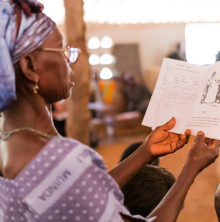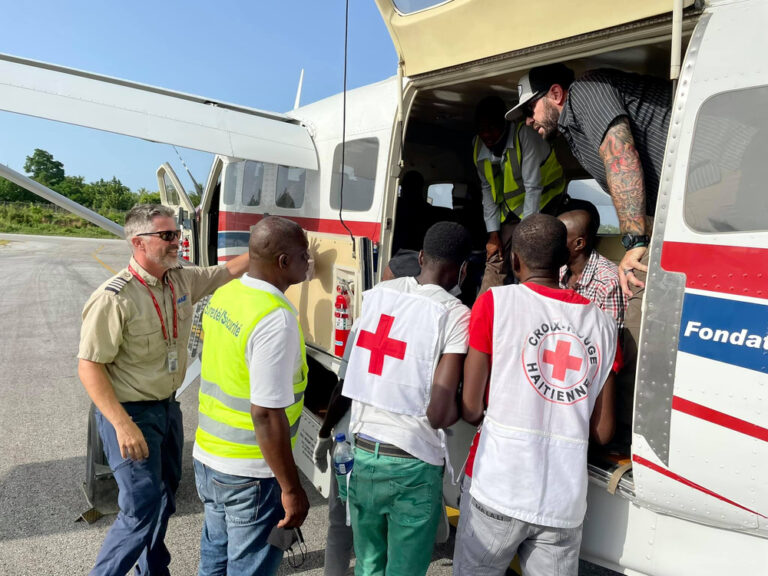Airplanes are complicated. And to the outsider, it can sound like pilots and maintenance specialists are speaking a different language when they talk about their craft. For instance: “A KODIAK is a single-engine turboprop, STOL aircraft, with a Garmin G1000 display, a special high-lift wing, and a 750 horsepower engine.” Those of you who are familiar with aviation probably think that was a no-brainer, while the rest of us are scratching our heads.
Here is another complex jumble of the fascinating (and confusing) acronyms—courtesy of Tim Dyk, supervisor of the avionics department at MAF headquarters. They describe the new systems that were added at headquarters to an MAF airplane that serves in the Democratic Republic of the Congo (DRC):
TAS—“Traffic Advisory System”—Actively interrogates other aircraft to determine where there may be conflicts in order to avoid collisions. (This is extremely important coming in to busy airports that do not have radar air traffic control, which is the case in some developing countries where MAF flight programs exist).
TAWS-B—“Terrain Awareness Warning System”—The topography of the entire world, as well as tall buildings and towers, is built into the memory of this device. By predicting where the aircraft will be if the current flight path is continued, it will warn the pilot before it gets too close to any terrain or tall structures.
ADS-B—“Automatic Dependent Surveillance-Broadcast”—A civil aviation requirement for small aircraft as well as airlines when flying in controlled airspace or other congested areas. This broadcasts and receives the positions and flight plans of all nearby aircraft in order meet the requirements of minimal separation.
V2Track—(AFFS, Automatic Flight Following Service)—This uses GPS position and broadcasts aircraft flight data to the people who perform flight following by using either cell phone or Iridium satellite connections. It can also use Bluetooth wireless to connect data from a cockpit iPad to SMS text or websites.
PFD/MFD—Primary Flight Display and Multi-function Display—These displays have the entire world in memory, including roads, rivers, airports, and air traffic control frequencies, along with all navigation aids. This state of the art technology replaces ALL of the old instruments in the panel! (The PFD/MFD has no moving parts, and eliminates the need for mechanical gyros and back-up sources of vacuum to run them!)
While much of this might be over the heads of those of us who are non-aviators—these technical upgrades make a real difference to MAF’s ministry.
“The airplane is truly a joy to fly and has been working nonstop since she returned to Congo after the avionics upgrade,” said Nick Frey, program manager at MAF’s West DRC program. “It is really reinforcing that MAF cares about its people, pilots, and passengers and that we’re willing to do the work to make sure the mission propels forward to Gods glory.”



